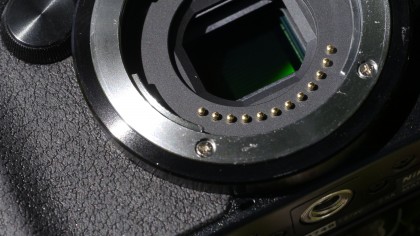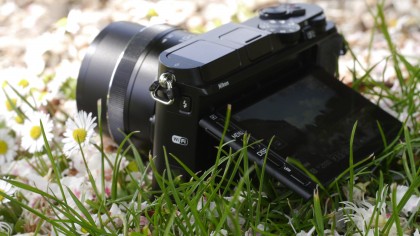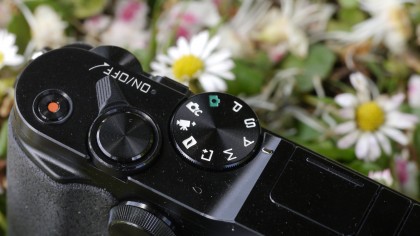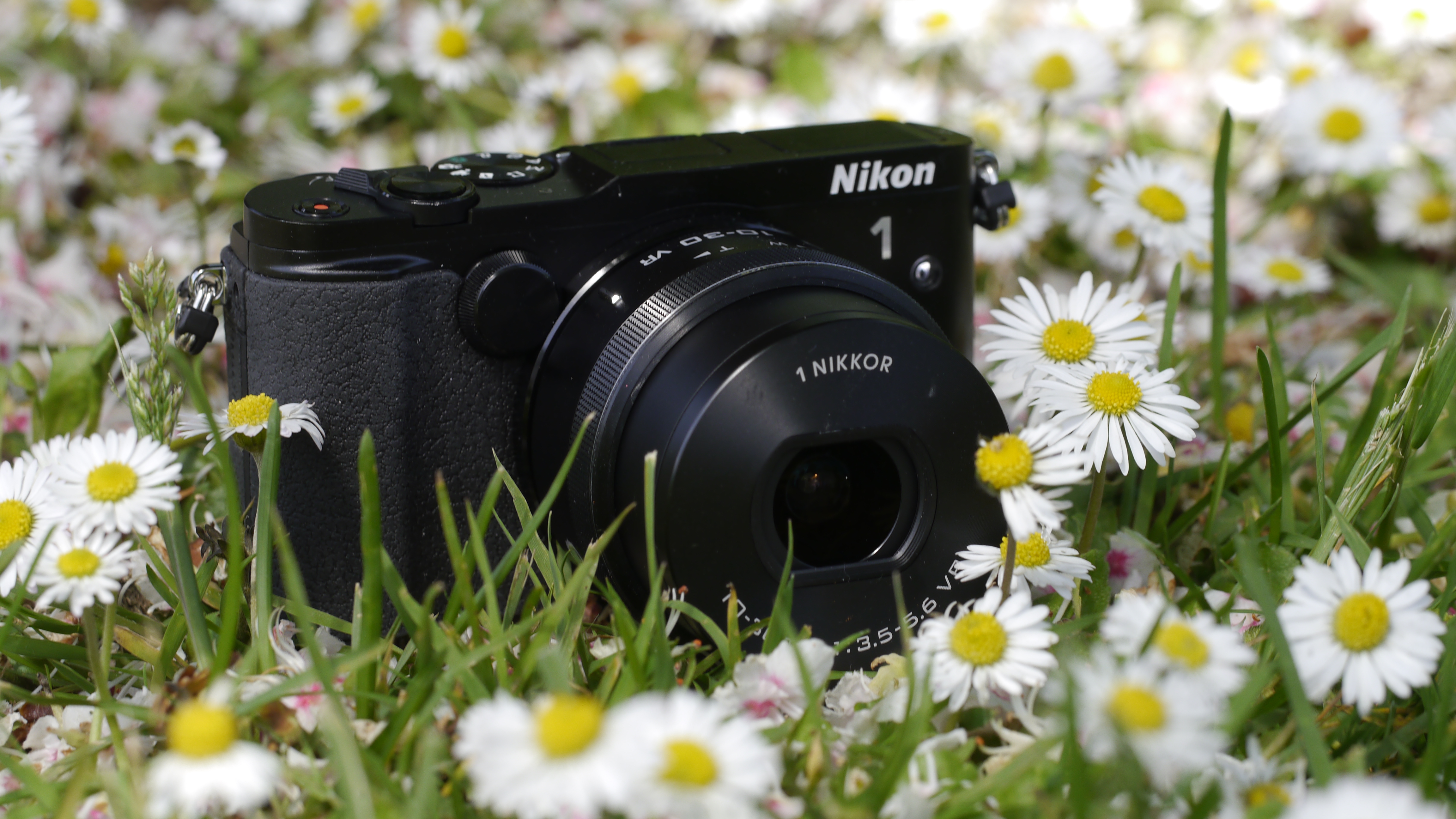Why you can trust TechRadar
The Nikon 1 series has had mixed reviews in the past, but it still continues to be reasonably popular amongst consumers. We were fairly impressed with the image quality of the V2, so I had fairly high hopes for the V3, with its increase in pixel count and the removal of the anti-aliasing filter.
Colours straight from the camera are bright and punchy, without displaying too much saturation or vibrance.
The amount of detail on display is good, especially for a camera with a one-inch sensor, and removing the anti-aliasing filter does seem to have had a positive impact when compared with the V2 (or other cameras with a one-inch sensor). However, it's still not quite able to compete with those cameras with a larger sensor, such as those from Olympus, Sony or Panasonic.

Overall images have a very good appearance of detail, but if you examine quite closely at 100%, you can see loss of detail, even at low sensitivies such as ISO 100 or IS0 200. It shouldn't be too much of a problem though, unless you intend on making huge prints.
Generally, the camera's metering system does a good job of producing accurate exposures in most normal, everyday shooting scenarios. Occasionally I found when shooting something with high contrast, or tricky lighting conditions, such as a backlit building, you might need to dial in some exposure compensation to get a well exposed image.
Similarly, the camera's automatic white balance system is very good and I was particularly impressed by its performance under artificial lighting, producing very accurate colours. If you find it is erring slightly towards warmer tones you can switch to a more appropriate setting.
With its hybrid autofocusing system, one of the V3's key selling points is its focusing speeds, which are indeed very swift. It is not quite on a par with the near instant speed of Micro Four Thirds cameras such as those from Olympus and Panasonic, but nevertheless they are very quick indeed – and also impressively so in lower light conditions. It is only when light levels drop very low that the camera struggles to focus at all, and understandably so.
Sign up for breaking news, reviews, opinion, top tech deals, and more.

With the addition of a new processor, the Expeed 4A, we can expect an improvement when it comes to noise performance when comparing the camera with its predecessor, the V2. On the other hand, the removal of the anti-aliasing filter also means that Nikon is putting an emphasis on detail reproduction.
At mid-range sensitivity speeds, such as ISO 800, the overall impression of noise is good, but if you examine closely you can see a little loss of detail, and some speckling in some areas of the picture. If you up that to ISO 3200, the overall impression remains decent, but zooming in just a little quickly reveals the presence of noise, while at 100% there is a large amount of noise. Crucially however, detail is still retained fairly well and image smoothing is kept to a minimum for such a high sensitivity.
Examining the differences between JPEG and raw format images reveals a huge difference in the amount of noise reduction, which is applied to JPEG images. Looking at a raw format image taken at ISO 3200, there is a huge amount of chroma noise compared with the corresponding JPEG image – you can apply your own noise reduction in post processing should you want to favour detail.
Different creative options are available for those that want to experiment with different shooting options. You can alter the Picture Styles. These are a good option as you can shoot them in raw format, so if you change your mind down the line you still have a clean version of the image to work with. These styles can be customised, so if you want to boost the contrast, for instance, you can. It's a good way to shoot in Monochrome, in particular.

Alternatively, different digital filters are available in Creative Mode, and while they're not able to be shot in raw format, they're still worth experimenting with to see if you like any of them – my favourite is the Cross Process effect.
As standard, the V3 comes packaged with a new kit lens. As with previous 1 series cameras, it keeps the same focal length and aperture range of 10-30mm and f/3.5-5.6, but it is now collapsible, making it ideal for transport. It's a good all-round performer for your first lens, but it's definitely worth exploring the other options that are available for the 1 range.
During my testing of the camera I also used the 18.5mm f/1.8, which gives a field of view of approximately 50mm, making it a classic focal length for portraits and street work, and with a wide aperture, it's ideal for low light work.
Current page: Performance
Prev Page Build quality and handling Next Page Image quality and resolution
Amy has been writing about cameras, photography and associated tech since 2009. Amy was once part of the photography testing team for Future Publishing working across TechRadar, Digital Camera, PhotoPlus, N Photo and Photography Week. For her photography, she has won awards and has been exhibited. She often partakes in unusual projects - including one intense year where she used a different camera every single day. Amy is currently the Features Editor at Amateur Photographer magazine, and in her increasingly little spare time works across a number of high-profile publications including Wired, Stuff, Digital Camera World, Expert Reviews, and just a little off-tangent, PetsRadar.
